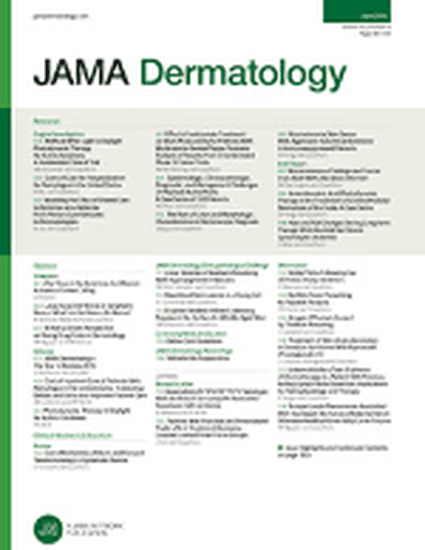
Article
Evaluation of Clinical Results, Histological Architecture, and Collagen Expression Following Treatment of Mature Burn Scars With a Fractional Carbon Dioxide Laser
JAMA Dermatology
(2013)
Abstract
Objective To assess mature burn scars treated with a fractional carbon dioxide laser for changes in histological architecture, type I to III collagen ratios, density of elastic tissue, and subjective measures of clinical improvements.
Design Uncontrolled, prospective study of patients with mature burn scars, from a clinical and histological perspective. Biopsy specimens were obtained before and 2 months after 3 treatment sessions. The tissue was prepared with Verhoff von Giesen (VVG) stain to discern elastic tissue and Herovici stain to differentiate types I and III collagen.
Setting Subjects were recruited from the Grossman Burn Centers.
Participants Of 18 patients with mature burn scars, 10 completed the entire treatment protocol.
Intervention Participants received 3 treatments with a fractional carbon dioxide laser.
Main Outcome Measures Vancouver Scar Scale and Patient and Observer Scar Assessment Scale survey scores. In histological analysis, imaging software was used to measure changes in collagen subtype and elastic tissue. A rating scale was developed to assess normal vs scar architecture.
Results The first hypothesis that significant histological improvement would occur and the second hypothesis of a statistically significant increase in type III collagen expression or a decrease in type I collagen expression were confirmed. There were no significant changes in elastic tissue. Statistically significant improvements were seen in all survey data.
Conclusions Treatment with a fractional carbon dioxide laser improved the appearance of mature burn scars and resulted in a significant improvement in collagen architecture following treatment. Furthermore, in treated skin specimens, a collagen subtype (types I and III collagen) profile resembling that of nonwounded skin was found.
Disciplines
Publication Date
January 1, 2013
DOI
10.1001/2013.jamadermatol.668
Citation Information
Ozog DM, Liu A, Chaffins ML, Ormsby AH, Fincher EF, Chipps LK, Mi QS, Grossman PH, Pui JC, Moy RL. Evaluation of clinical results, histological architecture, and collagen expression following treatment of mature burn scars with a fractional carbon dioxide laser. JAMA Dermatol. 2013 Jan;149(1):50-7. doi: 10.1001/2013.jamadermatol.668. PMID: 23069917.
